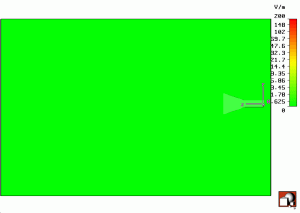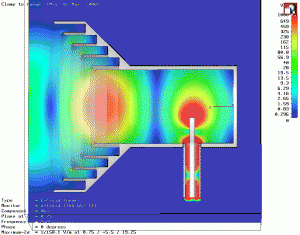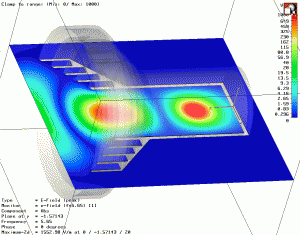Horn antennas are very useful antennas fore wide range of frequencies starting approximately from houndreds of MHz. They can be designed as standards for measurements of gain of other antennas. Therefore there are very often used as a sets of antennars of standard gain.
For theory see:
Orfanidis, S: Electromagnetic Waves and Antennas, 2004-10, chapter 14 http://eceweb1.rutgers.edu/~orfanidi/ewa/ch19.pdf
Kraus, J.D., Marchefka. R.J.: Antennas for all Applications, McGraw-Hill, 2003, chapter 9 (Slot, Patch and Horn Antennas)
Horn antenna introduces a proper profile, which transforms electromagnetic energy of the guided wave into open space. To analyze such antenna, we usually use the principle, that we obtain the same radiation (or nearly the same) only from the distribution of the field in the aperture. In this case, the forward radiation will be calculated with very small deviation from reality. But the backward radiation is invisible in this case, because we did not calculate the part current which overtakes the edges of the horn and creates the possibility for back radiation. It is always necessary to keep in minds, that current and its distribution over the whole radiating structure is the real original source for radiation.
Simulations:
Gallery:






